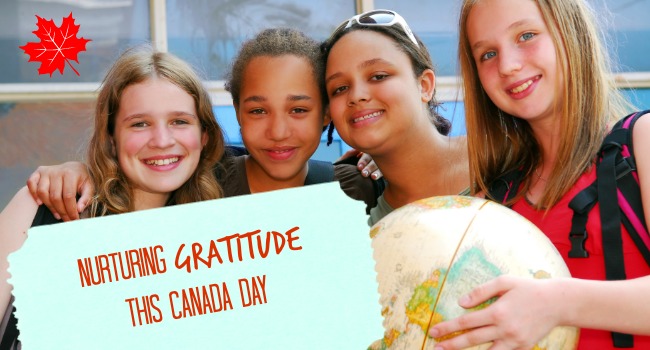Every parent knows the constant challenge of trying to clothe growing kids – especially as the seasons change. You finally assemble a basic wardrobe, and suddenly the clothes are too hot or too cold. Add style-conscious older kids to the mix, and clothing your kids on any budget can seem like an impossible task.
Here are 7 tips for keeping clothing costs down, while opening kids’ minds to a world of clothing possibilities:
Build a basic wardrobe: You don’t need a dozen of everything to make sure kids are covered. Children shoot up so quickly that most outgrow the clothes long before they wear out. A few well-made pairs of pants, a few tops, a hoodie or jacket, and you’re set.
Borrow expensive items: Resist buying items like suits, ties, formal shoes, leather belts, dress pants or formal dresses for events like weddings (they often get only one wearing anyway.) Find a family with children the same size, and ask to borrow the item for a day. The photos will look just as sweet!
Organize a clothes-swap: Many kids dread hand-me-down bags from their cousins or neighbors, as items are often the wrong size or not to their taste. But four or five families together can come up with a few things for everyone.
Consider alterations: If you don’t sew, too-big clothing from clothes swaps or hand-me-down bags can be altered at your local dry-cleaners for a fraction of the price of buying the same item new.
Buy second-hand: Most of the children’s clothing in places like Value Village is nearly new, the selection is vast, and the price is a fraction of what you’d spend for retail. Some stores give you a discount for donating your used clothing before you shop, bringing the cost down further.
Split the difference: Your child may be averse to wearing someone else’s cast-offs, so meet them halfway. Perhaps you buy that new jacket they’ve been wanting elsewhere, in exchange for second-hand shopping for the rest.
Weave in the learning: How many pounds of used clothes end up in landfill sites each year? Do we really know who makes the clothes we buy at the shopping mall, and what conditions they work under? Kids may be ready to consider second hand once they know (visit nochildforsale.ca to learn more).
Disclosure: This post was made possible through World Vision Canada’s #NoChildforSale campaign.




 There are concrete blessings for kids who learn to count their blessings, the Wall Street Journal recently reported. In one study, high school students with high levels of gratitude reported having stronger marks, less depression and envy, and a more positive outlook than less grateful teens.
There are concrete blessings for kids who learn to count their blessings, the Wall Street Journal recently reported. In one study, high school students with high levels of gratitude reported having stronger marks, less depression and envy, and a more positive outlook than less grateful teens. Many parents are wakened on special occasions by an ominous clattering in the kitchen: loving-hearted children preparing to surprise us with coffee or hot chocolate in bed. There’s also that cinnamon toast or oatmeal positively doused with sugar.
Many parents are wakened on special occasions by an ominous clattering in the kitchen: loving-hearted children preparing to surprise us with coffee or hot chocolate in bed. There’s also that cinnamon toast or oatmeal positively doused with sugar.